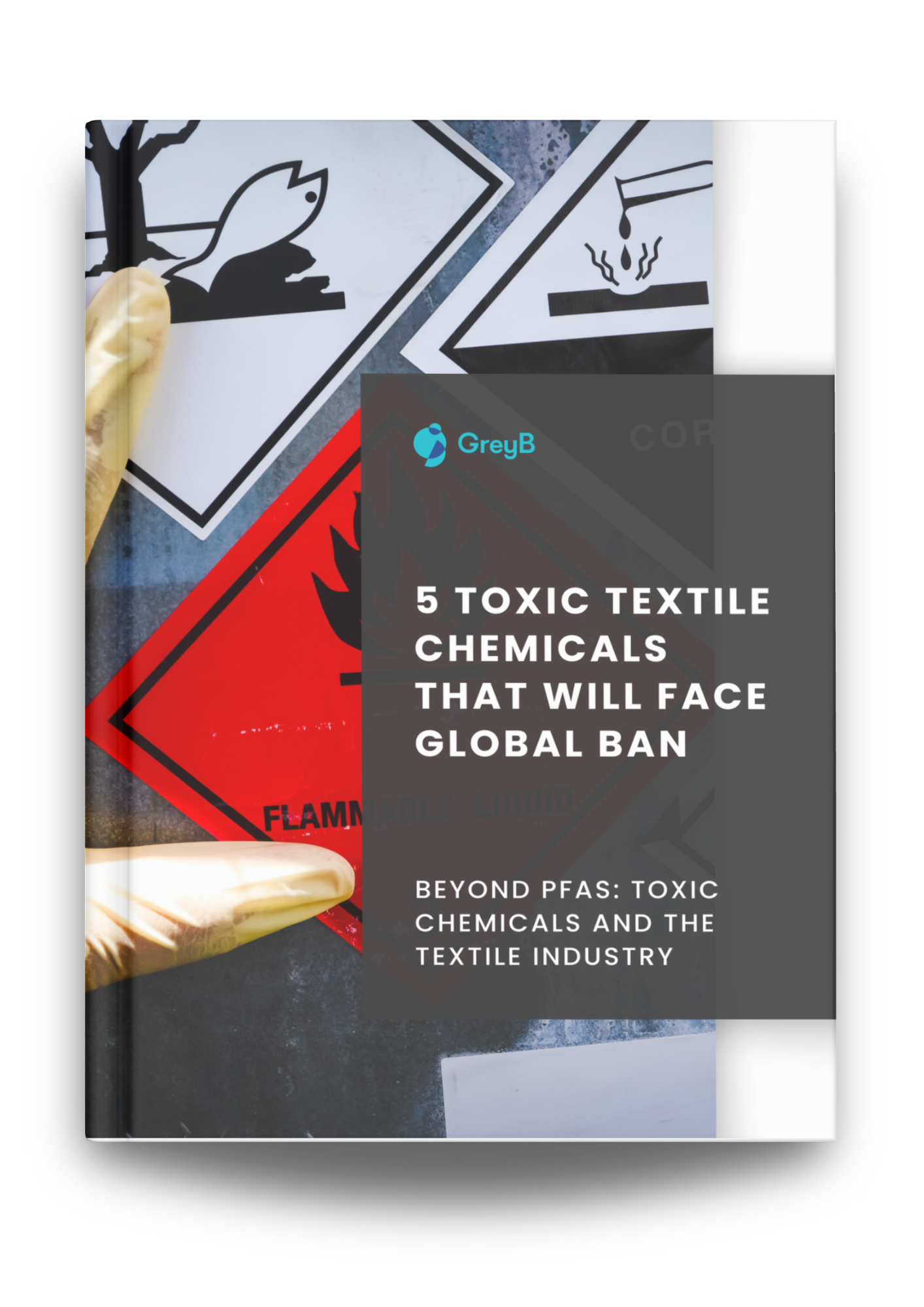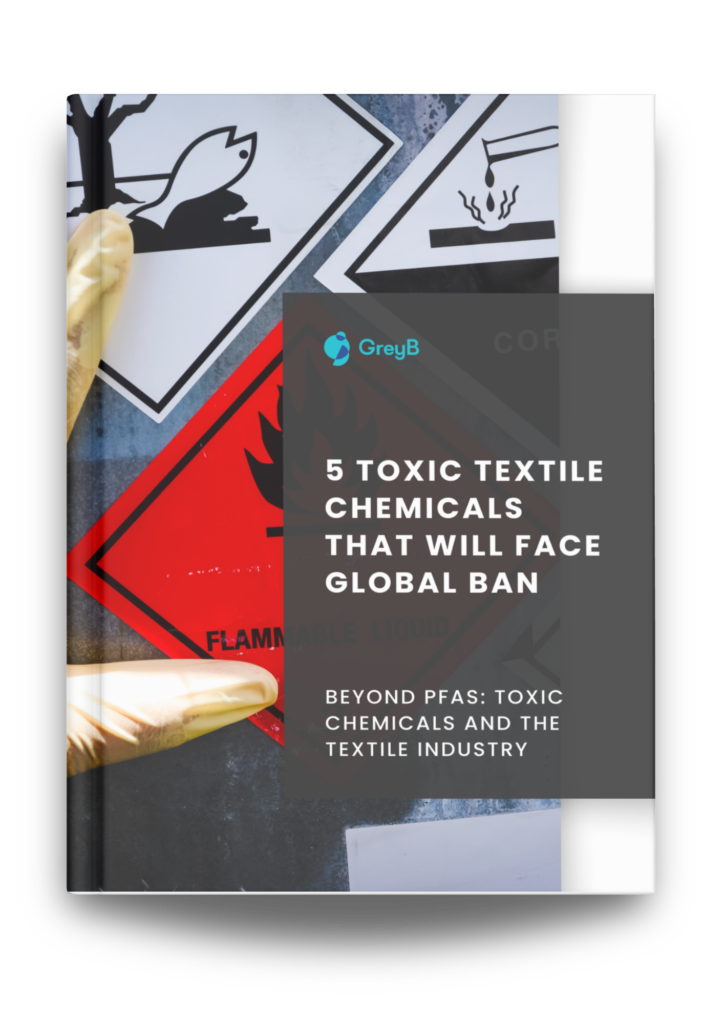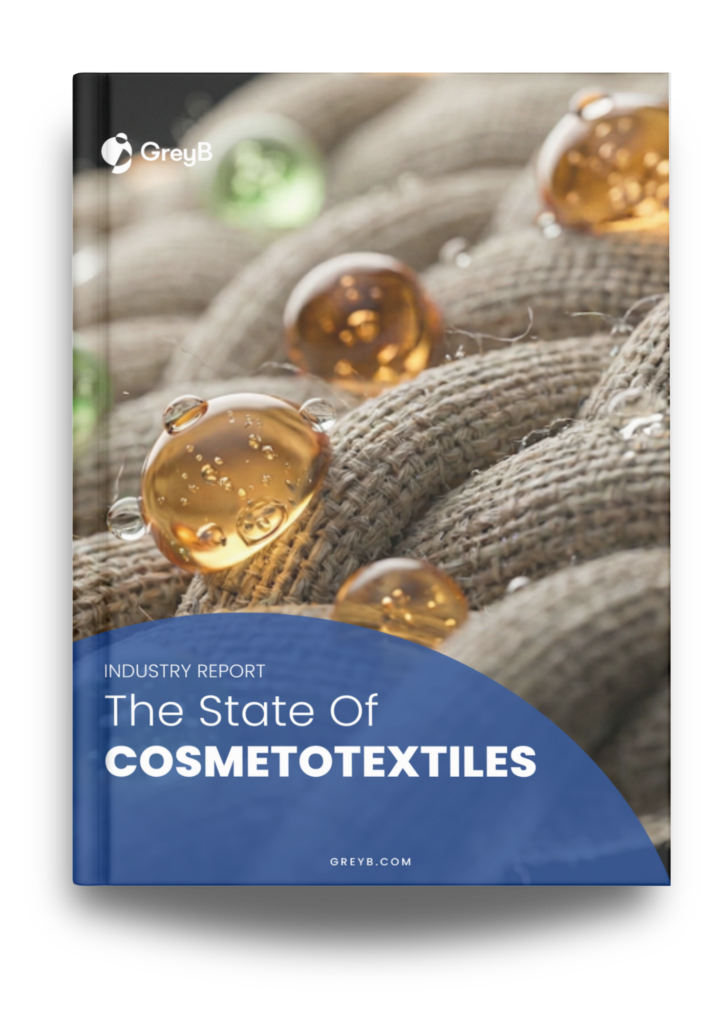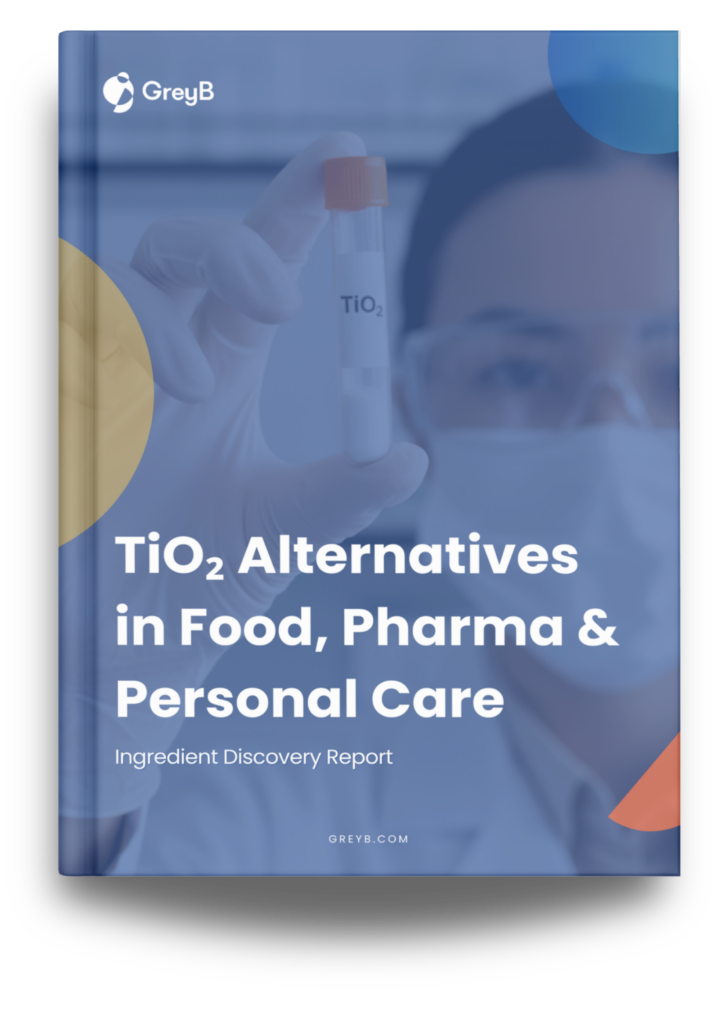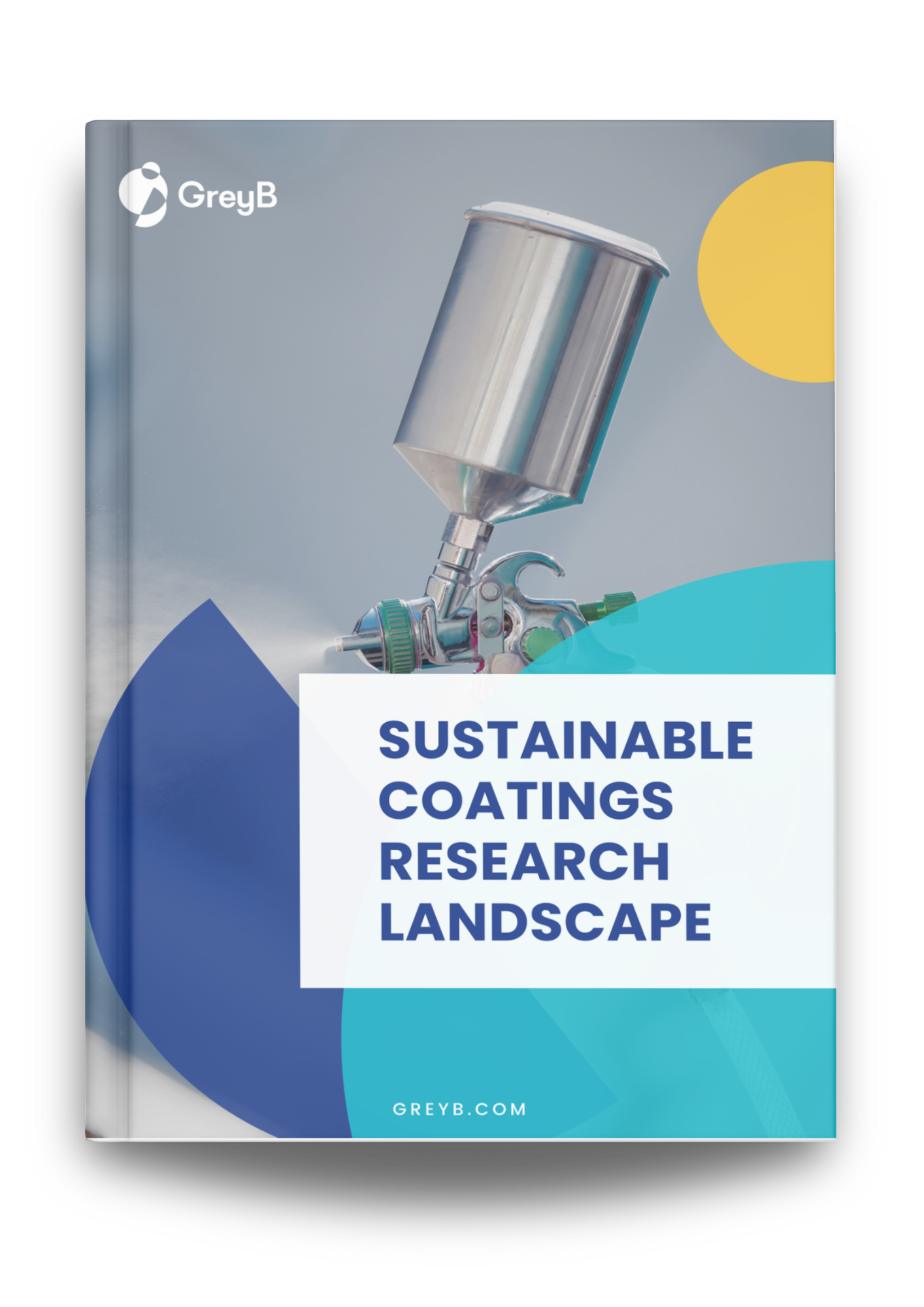Explore the crucial developments in regulatory trends with a detailed report on textile chemical materials that are facing imminent bans due to environmental and health concerns. This analysis provides an in-depth look at specific chemicals used in textile manufacturing that are under scrutiny and likely to be prohibited in the near future. The report covers 5 textile chemical materials that could be banned soon.
Key Chemicals and Regulatory Insights:
- Tris(2-chloroethyl) phosphate (TCEP) and Tris(1,3-dichloro-2-propyl) phosphate (TDCPP): Often used as flame retardants in textiles, these chemicals are under increased scrutiny due to their potential health risks, including carcinogenicity and reproductive toxicity.
- Antimony Trioxide: Commonly used as a catalyst in the production of polyester, Antimony Trioxide is being reconsidered for its environmental impact and toxicity, leading to potential restrictions in its use.
- Arsenic-based dyes and finishing agents: Due to their high toxicity and carcinogenic properties, arsenic-based compounds are on the verge of being banned in textile applications, prompting the industry to seek safer alternatives.
- Di(2-ethylhexyl) phthalate (DEHP): This phthalate, used to make plastics more flexible, is facing bans due to its endocrine-disrupting effects and potential health risks, especially in children’s clothing and textiles that come into close contact with skin.
Strategic Insights and Industry Impact:
- The report provides a comprehensive overview of these chemicals’ health and environmental risks, backed by recent studies and regulatory reviews.
- It outlines the current regulatory landscape, including upcoming bans and restrictions at both national and international levels.
- Analysis of the impact of these bans on the textile industry, including challenges in reformulating products and the economic implications for manufacturers.
- Discussion of potential alternatives and innovations in textile chemistry that offer safer and more sustainable options without compromising product quality or performance.
This report is essential for textile manufacturers, chemical suppliers, regulatory bodies, and sustainability advocates who must stay informed about changes in chemical usage regulations and prepare for a shift towards safer textile production practices.
Download the report today to ensure compliance with upcoming regulations and to pioneer the adoption of safer, more environmentally friendly chemical alternatives in the textile industry.
